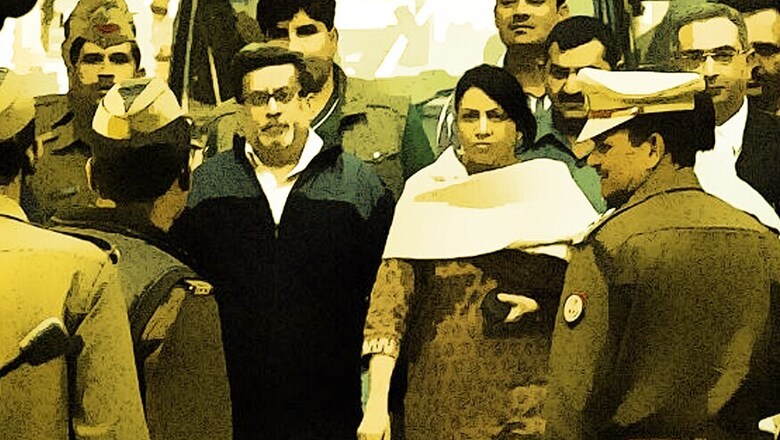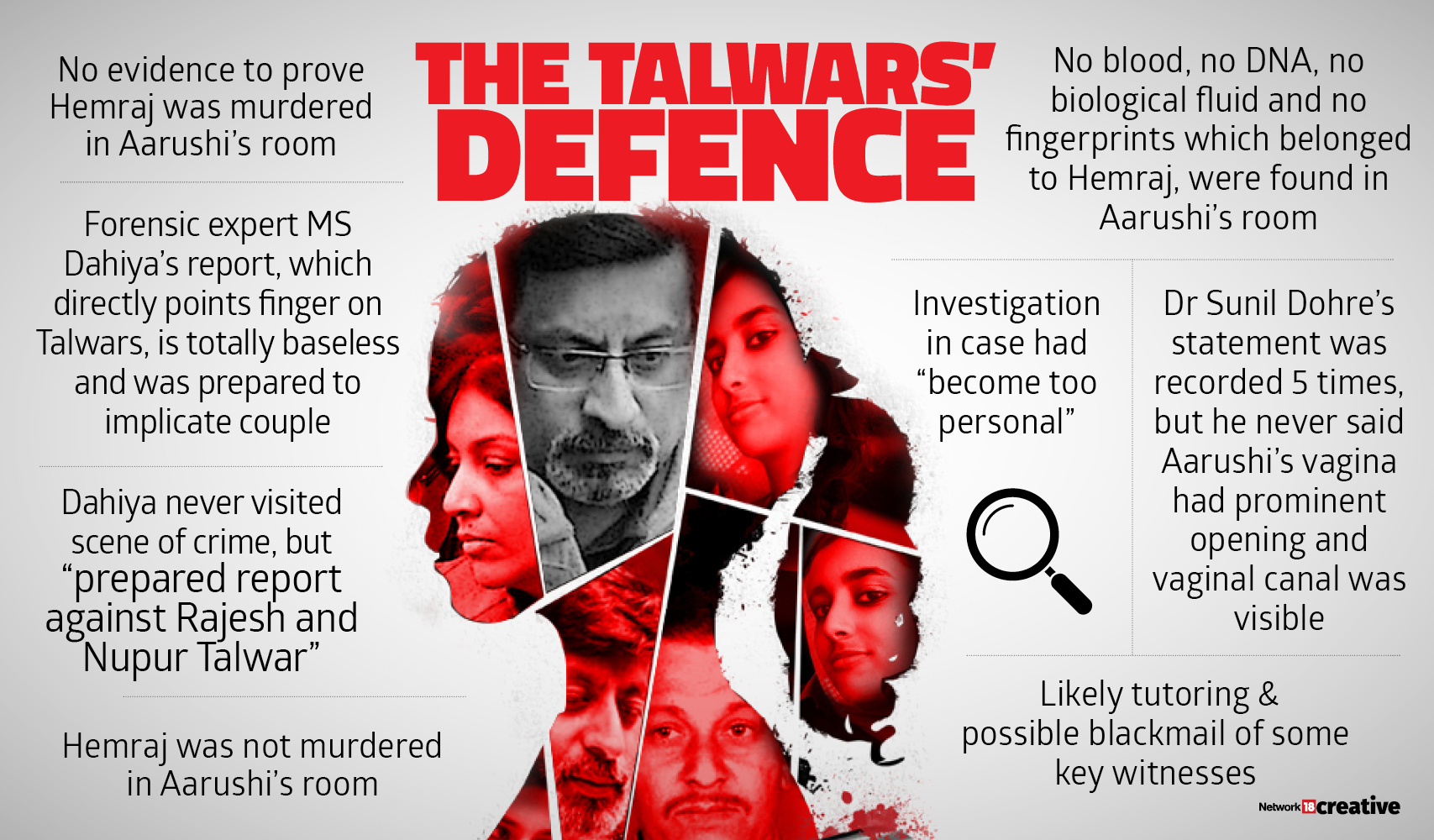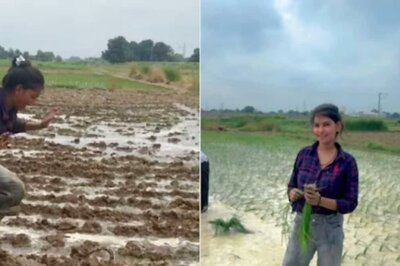
views
New Delhi: Five years after 14-year-old Aarushi Talwar and domestic help Hemraj were found murdered, Special CBI Judge S Lal held Aarushi’s parents Rajesh and Nupur Talwar guilty of murder and conspiracy. Nine years since the 2008 double murder that shook the nation, the Allahabad High Court is likely to pronounce its judgment on the conviction of the Talwars on Thursday.
Judge S Lal’s order failed to bring a closure to the case and public opinion remains divided, even after five years of the conviction. Now, it is to be seen whether the High Court is able to answer the questions that shroud the most mysterious murder case that India has seen in recent times.
The dentist couple had then appealed against the CBI Court order at the Allahabad High Court.
In his 210 page order, Judge Shyam Lal relied on circumstantial evidence to hold the Talwars guilty. The most controversial part of his order was putting the onus on the Talwars of proving their innocence. The Indian legal system holds an accused innocent until proven guilty, however, the judge relied on Section 114 and 106 of the Evidence Act to hold the Talwars guilty unless they can prove their innocence.
Section 114 of the Evidence Act:
Court may presume existence of certain facts: The court may presume the existence of any fact which it thinks is likely to have happened, regard being had to the common course of natural events, human conduct and public and private business, in their relation to the facts of the particular case.
Section 106 Indian Evidence Act:
Burden of proving fact especially within knowledge: When any fact is especially within the knowledge of any person, the burden of proving that fact is upon him.
Using these two sections and relying on 26 circumstances, Judge Lal said that there were four people at L-32, Jalvayu Vihar, Noida Sector 25, on the intervening night of May 15-16, 2008. Two of them were dead. Evidence proves that there was no forceful entry. So the onus is on the Talwar couple to prove that they are not guilty of the murders.
“From the evidence as tendered by the prosecution in the form of oral and documentary evidence, this court reaches the irresistible and impeccable conclusion that only the accused persons are responsible for committing this ghastly crime,” Judge Lal had said pronouncing the Talwars guilty.
Denying the benefit of doubt to the Talwars in the absence of direct and forensic evidence, Judge Lal said, “Proof does not mean proof to rigid mathematical demonstration, because that is impossible; it must mean such evidence as would induce a reasonable man to come to a particular conclusion.” Lal was quoting Lord Fletcher Moulton.
He went on to say, “Law gives absolute discretion to the court to presume the existence of any fact which it thinks likely to have happened. Presumption is an inference of a certain fact drawn from other proved facts.”
Many have questioned this interpretation of the law by the CBI Judge and still there are several unanswered regarding the motive, murder weapon and chain of criminal conspiracy.
Judge Lal cited the pillow cover recovered from Aarushi’s room, with Hemraj’s DNA, as evidence to support the prosecution theory on the murder motive. It suggested that Rajesh Talwar had seen Hemraj and Aarushi together in her room and in a fit of rage hit Aarushi, killing her accidentally and then killing Hemraj in cold blood.
There is no clear evidence to support the above theory but Judge Lal supported the prosecution and said, “It has been held that where a credible evidence exists on record to establish guilt of the accused, it is not necessary to look for a motive. The absence of a motive would not in any manner destabilize the prosecution case, or hamper a conviction.”
“Proof of motive in a case based on circumstantial evidence is of no consequence when evidence is strong and circumstances speak loudly, boldly and clearly,” Judge Lal had said.
Regarding the murder weapon, the prosecution alleged that a golf club belonging to Rajesh Talwar was used for the murder. This was handed over to CBI days after the murder and the investigating agency alleged that this was cleaned up to remove all possible evidence. Judge Lal dealt with the question of the golf club extensively and accepted the prosecution theory, even though the defense lawyers raised questions on the veracity of the CBI claim.
Most importantly, Judge S Lal cited 26 circumstances that proved beyond reasonable doubt that Dr Rajesha and Nupur Talwar not only murdered Aarushi and Hemraj, but also conspired to destroy evidence.
Judge Lal’s observations included the couple’s failure in explaining how anyone could have entered Aarushi’s room when the door was locked from outside and the keys were with the Talwars.
The dressing up of the crime scene, the ‘no outsider’ theory, have all been held against the Talwars by the CBI court. But this is a case where the CBI filed a closure report despite a lack of foolproof evidence.
Thursday’s ruling will see if the Allahabad High Court finds Judge Lal’s reasoning substantial.




















Comments
0 comment